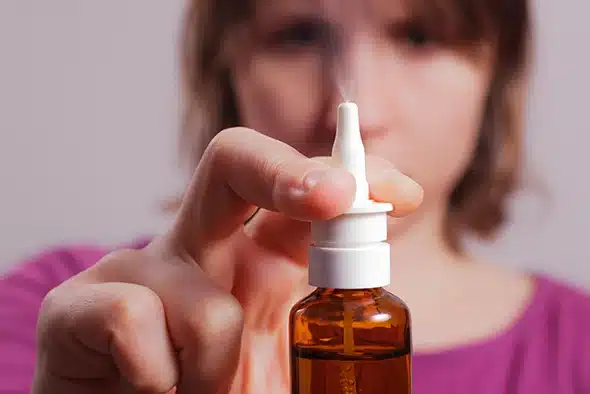We often get common questions when patients come in, and one very common question is: What blood pressure monitor do you recommend? Measuring and monitoring your blood pressure regularly helps you and your health care team diagnose any potential health problems early on. Your health care team – and you! – can take the necessary steps to help control your blood pressure if there are any problems, such as it being too high. High BP, also known as hypertension, is a very common condition that can lead to severe health issues, such as heart disease.
Well, why do I need to measure my blood pressure? Can’t I do it at the doctors?
Measuring your own BP regularly is the best and only way to know whether you have high blood pressure. Did you know that high BP typically has little to no warning signs or symptoms? Many people that do have it, do not know they have it! A very few number of people might experience headaches, nosebleeds, or shortness of breath. Because these are not specific symptoms, these symptoms can be attributed to anything.
Some helpful terms to know when reading your BP:
– Systolic blood pressure (top number) – reflects pressure within the arteries when the
heart beats;
– Diastolic blood pressure (bottom number) – pressure in the arteries when the heart
rests between beats.
Did you know? Normal BP for adults is 120/80 mmHg (normal value can vary per individual).
Types of BP monitors:
Manual blood pressure monitors (upper arm placement)
– includes a cuff to wrap around
your arm, a rubber squeeze bulb and a gauge which measures the blood pressure. The
cuff is placed 2-3 cm above the antecubital fossa (the area above of transition between
the arm and forearm) and the stethoscope is placed over the brachial artery with a good
seal (inner side of upper arm). The values can be seen on the dial and the systolic-
diastolic pressure is noted based upon Korotkoff sounds. “The first Korotkoff sound is
the systolic pressure, and the diastolic pressure is when the Korokoff sounds go silent.”
-This is typically used in physician’s office and by pharmacists.
Digital blood pressure monitors (upper arm placement)
– an electronic cuff which inflates
when a button is pushed on the machine. The pressure will be released after the cuff
has inflated and the systolic and diastolic blood pressure will be shown on the screen. It
is important to stay still during the reading and have your arm supported/placed on a
table at the level of your heart. Feet on floor should be uncrossed and readings should
not be taken when under stress, had caffeine/tobacco products in the last 30 minutes or
recently exercised. This will improve the accuracy of the reading from the machine.
-This is typically used by patients tracking blood pressure at home.
Digital blood pressure monitors (wrist placement)
– an electronic cuff that is put
through your arm with palm facing upward. It is positioned to have 1/2 to 1 inch between
the cuff and the bottom of the palm with no clothing under the monitor. The cuff should
be the same height as your heart and should be unclenched.
-Typically, wrist blood pressures are usually higher and less accurate than the
pressure measured at the upper arm. This is due to wrist arteries being narrower
and closer to the upper skin. The wrist monitor can be more sensitive to body
position making it difficult for accurate readings.
What can affect your BP reading? If you are nervous or anxious while having your blood pressure taken this can adversely affect your reading. Try to be relaxed and calm. A reading that is lower than your actual blood pressure can provide a false sense of security about your health.
Prior to taking your BP measurement:
– Avoid drinking caffeine, tobacco products or exercising 30 minutes prior to the
measurement for BP.
– Know that the cuff can be worn on left or right arm.
– Ensure to have your arm supported on a table at heart level and feet flat on the
floor.
– Use the restroom prior to your reading.
– Do not talk while your BP is being measured.
Have more questions about your blood pressure? Ask a pharmacist today.







